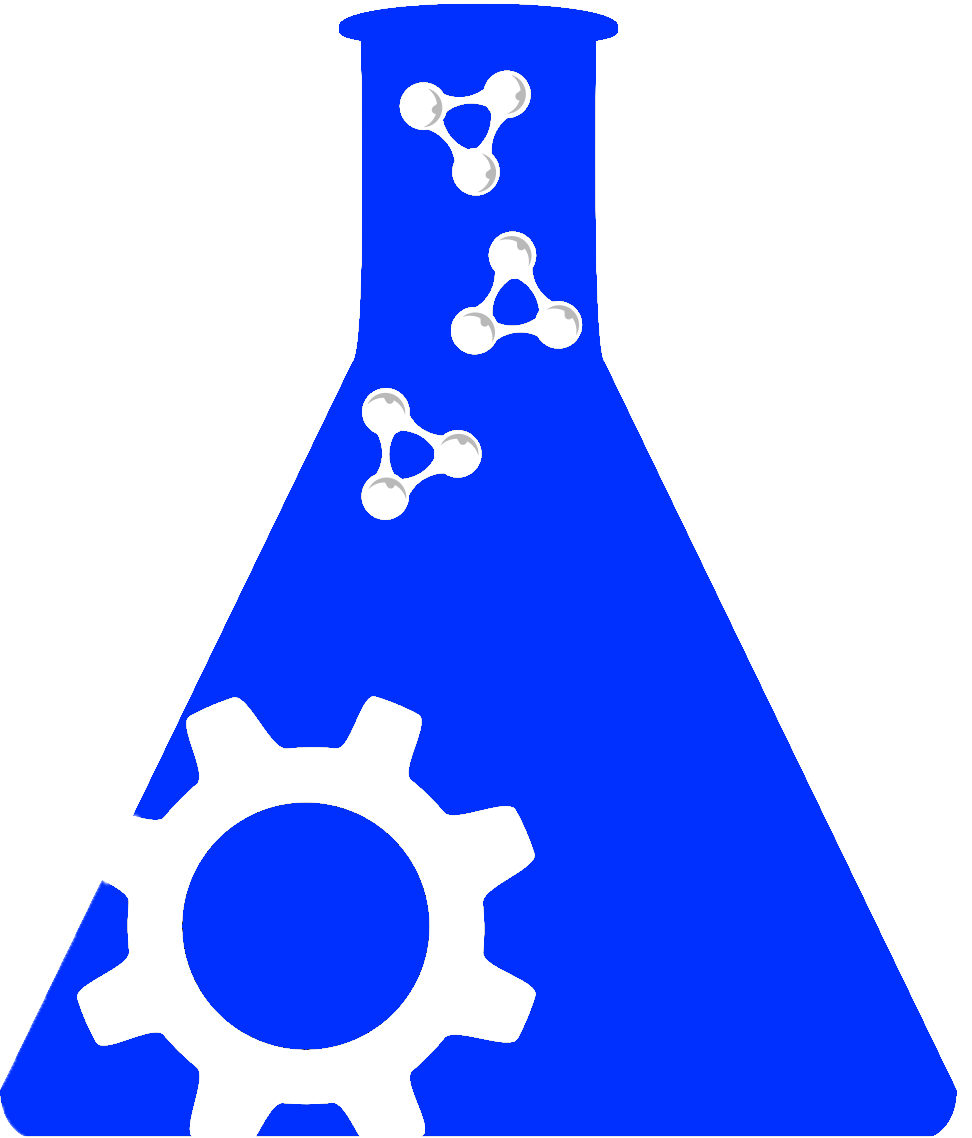Searching across hundreds of databases

Are you sure you want to leave this community? Leaving the community will revoke any permissions you have been granted in this community.
URL: http://biology.caltech.edu/
Proper Citation: California Institute of Technology; Division of Biology (RRID:SCR_007221)
Description: For more than 75 years, the division of biology has provided many of the major research advances that have made biology the premier science of the 21st century, and has trained many of the world''s most eminent biologists. The division at present has 38 professors of various ranks, who in their classes and laboratories have approximately 100 undergraduates, 100 graduate students, and 160 postdoctoral scholars, as well as more than 250 staff members. We occupy parts or all of seven buildings on the Caltech campus; we also operate a marine laboratory 50 miles from campus. Each building is devoted to state-of-the-art educational facilities and cutting-edge laboratories. We have three major research emphases: Structural, Molecular and Cell Biology; Developmental and Regulatory Biology; and Molecular, Cellular and Integrative Neuroscience. In each area we are trying to solve one of the great problems of modern biology: How do the proteins and other components of cells interact to provide a marvelous nanomachine of more than 100,000 integrated parts, a machine that has numerous extraordinary functions and can reproduce itself? How does a single cell become, by division and formation of new cell types, an entire multicellular organism, which in the case of humans has thousands of different cell types and more than 1 trillion different cells in specific places, communicating to form complex organs? How does the brain, the most complex organ of all, work to allow calculations beyond those of any computer, as well as to demonstrate amazing sensory capabilities, emotions, and consciousness?
Synonyms: Caltech Biology, Biology at Caltech, Caltech; Division of Biology; Division of Biology at Caltech
Resource Type: degree granting program, portal, organization portal, graduate program resource, postdoctoral program resource, undergraduate program resource, training resource, data or information resource
Expand Allis related to |
We found {{ ctrl2.mentions.total_count }} mentions in open access literature.
We have not found any literature mentions for this resource.
We are searching literature mentions for this resource.
Most recent articles:
{{ mention._source.dc.creators[0].familyName }} {{ mention._source.dc.creators[0].initials }}, et al. ({{ mention._source.dc.publicationYear }}) {{ mention._source.dc.title }} {{ mention._source.dc.publishers[0].name }}, {{ mention._source.dc.publishers[0].volume }}({{ mention._source.dc.publishers[0].issue }}), {{ mention._source.dc.publishers[0].pagination }}. (PMID:{{ mention._id.replace('PMID:', '') }})
A list of researchers who have used the resource and an author search tool

A list of researchers who have used the resource and an author search tool. This is available for resources that have literature mentions.
No rating or validation information has been found for California Institute of Technology; Division of Biology.
No alerts have been found for California Institute of Technology; Division of Biology.
Source: SciCrunch Registry